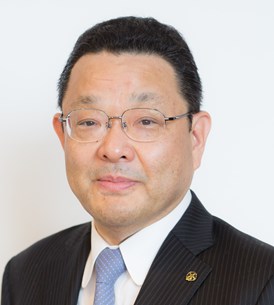Meeting
2015 Gastrointestinal Cancers Symposium

Second Department of Surgery, Wakayama Medical University, Wakayama, Japan
Hiroki Yamaue , Seiko Hirono , Manabu Kawai , Ken-Ichi Okada , Motoki Miyazawa , Atsushi Shimizu , Yuji Kitahata , Masaki Ueno
Background: Combined portal vein and/or superior mesenteric vein (PV/SMV) resection with pancreatectomy sometimes leads to prolonged survival for patients with periampullary tumors. In this study, we evaluated outcomes of patients with PV/SMV reconstruction, and we considered indications for the use of a graft during this procedure. Methods: We performed PV/SMV resection with pancreatectomy in 128 patients with periampullary tumors, including 14 using grafts. Short and long-term outcomes associated with PV/SMV reconstruction and harvesting venous grafts and reconstructed PV/SMV patency during follow-up were assessed. Results: Of the 128 patients with periampullary tumors, 5 underwent total pancreatectomy, 99 pancreaticoduodenectomy, and 24 distal pancreatectomy. In the 14 patients who underwent PV/SMV reconstruction with grafts, the grafts were harvested from external iliac vein in 10 patients and internal jugular vein in the other 4. Five patients (3.9%) had intraoperative or postoperative acute thrombus or stenosis of reconstructed PV/SMV after direct end-to-end anastomosis. However, PV/SMV patency was excellent after reconstruction using grafts. Among 228 patients with common pancreatic cancer, there were no significant differences in overall survival (OS) between the patients with PV/SMV resection (n=99) and without PV/SMV resection (n=206) (P=0.354), although the lymph node metastasis rates in the patients with PV/SMV resection were higher than those without PV/SMV resection (78.8 vs. 64.6%, P=0.012). Furthermore, the tumor size in the patients with the use of a graft was larger than that without a graft (Mean size; 40.5 vs. 29.3 mm, P=0.047), and the R0 rates and OS were not different between the patients with and without a graft (R0 rates; 50 vs. 73%, P=0.129 and OS; 23.4 vs. 16.6 months, P=0.323). Conclusions: Depending on the length and/or position of the removed PV/SMV segment, an interposed graft may be required for reconstruction in some patients.
Disclaimer
This material on this page is ©2024 American Society of Clinical Oncology, all rights reserved. Licensing available upon request. For more information, please contact licensing@asco.org
2015 Gastrointestinal Cancers Symposium
Poster Session
General Poster Session B: Cancers of the Pancreas, Small Bowel, and Hepatobiliary Tract
Cancers of the Pancreas, Small Bowel, and Hepatobiliary Tract
Multidisciplinary Treatment
J Clin Oncol 33, 2015 (suppl 3; abstr 482)
10.1200/jco.2015.33.3_suppl.482
482
E49
Abstract Disclosures
2023 ASCO Annual Meeting
First Author: Knut Jørgen Labori
2024 ASCO Gastrointestinal Cancers Symposium
First Author: David Henault
2023 ASCO Annual Meeting
First Author: Amber Chang
2024 ASCO Gastrointestinal Cancers Symposium
First Author: Javier Soto Alsar